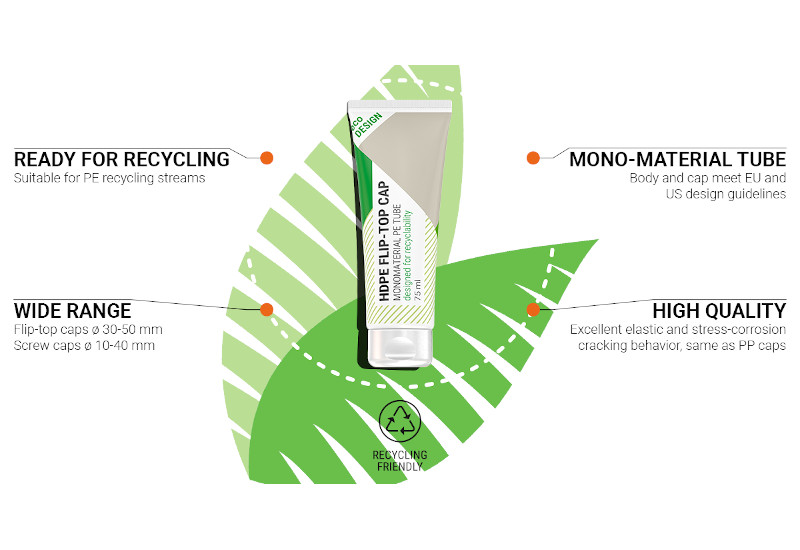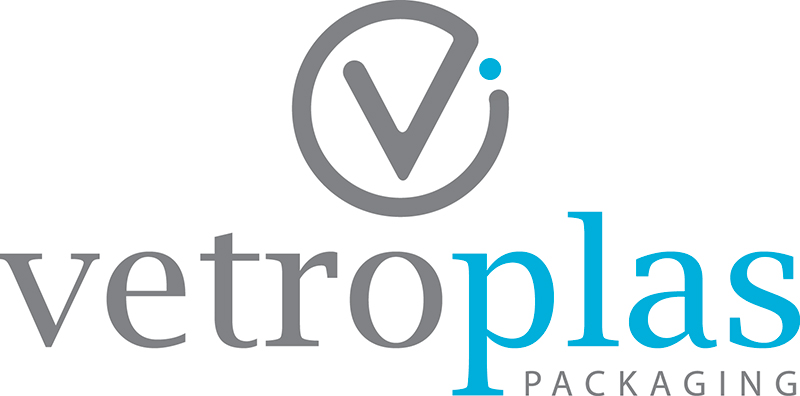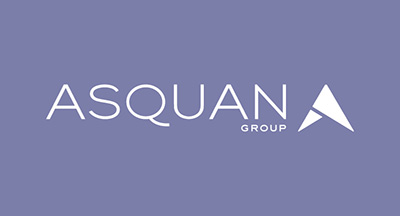With today's beauty consumer more environmentally conscious than ever, sourcing recyclable, reusable and overall sustainable packaging is no longer a luxury but a necessity for successful cosmetics and personal care brands.
As beauty giants announce increasingly ambitious recycling targets, take steps to cut down their factory emissions and partner with eco-friendly refill initiatives such as TerraCycle's Loop, one increasingly popular shortcut to sustainability is monomaterial packaging.
Created, as the name would suggest, using just one material, demand is steadily increasing across a variety of sectors including the food and pharmaceutical industries as well as beauty, with the market for monomaterial flexible polymer packaging set to reach US$58.9bn this year, according to data from market research company Smithers.
Today, there are a growing number of monomaterial options available to brands on the hunt for sustainable packaging solutions.
Currently, most cosmetic products are sold in packaging consisting of multiple materials, due to being made up of a variety of different parts, as Simon Dix, Sales Director at Vetroplas Packaging, explains to Cosmetics Business: “The end pack is usually made up of various different components, ie a main container such as jar, bottle or tube, plus an accessory, such as a cap, lid, pump or dropper.”
Furthermore, the packaging must be tailored to use materials that are compatible with the specific product and ingredients, as well as meeting a variety of other criteria.
According to Aude Charbonneaux, Sustainability Manager, and Anne-Laure Linage, Color & Care Marketing Director at Albéa, these may include “long term mechanical resistance, good scratch resistance, glossy aspect, window transparency, compatibility with the bulk [and] noise-free mechanism”, among others. “Technical designers had always been optimising choices of material in that sense.”
However, in today's increasingly eco-conscious climate, brands and consumers are seeking out packaging that can be more easily recycled, which is where monomaterial offers a clear benefit.
Sera Kinoyan, Sustainability Manager at packaging company Asquan, explains: “We are currently seeing a trend towards monomaterial packaging because a monomaterial design allows for easy sorting of the packaging for recycling without the need for disassembly.”
And with sustainability the main draw of monomaterial, Stefano Focolari, CEO and Managing Director of Italy-based packaging specialist Mktg Industry, stresses: “The request for eco monomaterial packaging is even stronger, so no longer only monomaterial but also an ecological monomaterial.”
For this reason, the most popular choices for monomaterial beauty packaging are materials that already have recycling systems in place, such as polypropylene (PP), PE and PET plastics, as well as cardboard, metal and glass alternatives.
Albéa's Charbonneaux and Linage note: “PP, PE and PET are interesting circular materials as they can be made from recycled resources or even bio-based resources, and they answer several criteria of beauty packs: lightweight, shape differentiation, mechanical resistance [and] economic feasibility.”
Asquan, for example, recently developed a range of 100% PP skin care packaging, including recyclable tottles, jars and sticks in various designs and sizes.

Designed to provide a minimalistic and clean look, the range is also available in certified post-consumer recycled (PCR) PP to suit a range of clients' needs. The company also offers a Mono-Material Lipstick pack, sold in both PCR PET and virgin PET.
Kinoyan adds: “Depending on the type, design and use of the pack, we can recommend the most suitable PCR percentage in order to be as sustainable as possible, while keeping the quality and functionality of the pack consistent.”
Meanwhile, Vetroplas also opted for PP-based monomaterial packs in the form of its Easy Supply Tubes (ESTubes), which were used to package a range of premium skin care products by beauty brand Plenaire.
As well as being 100% recyclable, the company employed in-mould labelling in order to achieve a single-stage manufacturing process and high end finish, helping to ensure protection of the brand's 'clean' and sustainable ingredients while complementing its ethical and practical needs, Vetroplas tells Cosmetics Business.
Inevitably, the type of product and packaging will impact how feasible it is to make in a single material, Charbonneaux and Linage note.
“If you look at compacts, they are already available with a single material, except for a few parts. Mascara and gloss, with the brush or applicator in fibres or flock, are hard to make in monomaterial.”
However, today Albéa offers a full mascara pack made with 100% PCR HDPE, including the applicator, and its Endless Kiss PP lipstick featuring a cap, base and mechanism all made with PP, as well as monomaterial deodorant and face sticks.
And elsewhere, Switzerland-based Hoffmann Neopac recently launched what is said to be the world's first fully recyclable tube solution featuring a tube with a body, shoulder and cap composed of a single material family.
Pairing a polyethylene tube with a high-density polyethylene (HDPE) flip-top cap, the tube was developed to tackle what has long been an issue for hinged caps, which were previously made from materials that were difficult to recycle, according to the company.
Simon Böhlen, Development Engineer at Hoffmann Neopac, commented: “The new HDPE flip-top caps overcome the last hurdle to fully recyclable tube packaging – namely, the ability to form functional closures from the same material as the tube body and shoulder.
Alongside the HDPE flip-top caps, Neopac also offers a portfolio of PE screw caps which can be easily recycled, for all of its PE, COEX, EcoDesign and Polyfoil tube ranges.

For customers wishing to move away from plastics altogether, however, Mktg Industry offers an alternative approach with its Eco Beauty packaging, made from 100% recyclable paper, with no plastic or metal components.
According to Focolari, the company has been working “for years” on its paper packaging for lipsticks, as well as pressed and loose make-up powders, and was able to reduce its plastic use by 85% by replacing the material with paper.
Today, the company offers two 100% paper packaging solutions: Eco Beauty Stick and Eco Beauty Jar, both pre-approved by Ecocert according to COSMOS standards. They are suitable for a range of hot-poured cosmetic formulas including lip balms, face balms, body balms, sunscreens and deodorants, among others.
One pack fits all?
For manufacturers, however, adapting a product that was traditionally designed with multiple materials to perform equally well with just one requires some creative thinking, and inevitably adjustments will have to be made.
As Asquan's Kinoyan observes: “The challenge in making monomaterial packs is finding the best material suitable for all the different parts of a pack without compromising on quality, function and aesthetics. This material also needs to be a commonly recycled material so that the monomaterial design can serve its purpose.
“For instance, the PP and certified PCR PP ranges we have developed feature a relative lightweight trait to its high energy recovery values, allowing the range to have a lower environmental impact.”
On top of sourcing the optimum material, developing monomaterial packaging “generally requires companies to reconsider the design of the packaging, and to change industrial moulds to adapt them to the new materials”, which can come at a considerable investment to manufacturers, say Albéa's Charbonneaux and Linage.
“In addition, some sensitive parts, like the lipstick mechanisms, have a very limited tolerance and two parts made with the same materials may grip onto each other,” they add.
Meanwhile, different materials present different challenges. When Mktg Industry launched its 100% paper packs, “the first challenge for us was to find the right structure and material composition to allow the perfect usage and functionality of the packaging”, Focolari tells Cosmetics Business.
“Another major challenge was the industrialisation, especially on the filling lines of the bulk contract manufacturers.
“We had to join forces with them to find, for example, the correct filling temperature, because our Eco Beauty Stick and Eco Beauty Jar were designed for the direct hot pouring of the formula.”
A singular vision
However, while more efficient recyclability may be the primary appeal of monomaterial packaging, Kinoyan points out that this is not necessarily a one-size-fits-all solution.
She says: “We need to keep in mind that currently, recyclability doesn’t automatically equal recycling.
“A pack is not guaranteed to be recycled just because it’s designed to be recyclable. There are challenges in the recycling industry that need to be overcome.
“For that to happen, every industry player needs to step up and play their part, starting from designing for recyclability.”
Albéa's Charbonneaux and Linage agree: “It is important to understand that although monomaterial packaging is preferred by recyclers, packaging can be recyclable without being monomaterial.
“Take the example of a bottle of water. They are well recognised as recyclable, but in reality the cap is made of a different material than the body.
“Because monomaterial design is very challenging, Albéa is working at first on the recyclability of its packaging.
“Today Albéa proposes recyclable plastics tubes, jars and bottles in that same manner, and is now working to bring more value to recyclers by developing tubes, jars and bottles made of one plastic resin type.”
With this in mind, then, it may be useful to think of monomaterial packaging as one of a wide range of steps that manufacturers can implement towards driving systemic change, including an examination of existing recycling systems, rather than a catch-all solution.
As Charbonneaux and Linage put it: “I doubt monomaterial will be the only answer to a sustainable beauty for all categories of beauty packaging.”
Focolari, however, remains optimistic about the future of the trend: “Monomaterial packaging is the right and conscious solution to face the market’s needs.”
He confirms that Mktg Industry is seeing a lot of interest from customers in its monomaterial paper packaging, and that these are well positioned to benefit from the surge in popularity of solid, waterless and 'clean' beauty products.
“Consumers are more and more involved in ecology and pay more and more attention to the environment,” he adds.
“The cosmetics market requires a new generation of products that need new earth-friendly packaging.”
And going forwards into this new generation, monomaterial could play a key role in shaping the future of sustainable beauty packaging as manufacturers work towards creating a circular economy.
“The future of all packaging for this industry will be an ever-evolving one,” says Dix.
“We are seeing development of monomaterial options as one of many other options, and we need to respond to increasing demand for use of recycled materials (both post-consumer and post-industrial) in new packaging.”
As the beauty and personal care industry continues its quest for eco-friendly yet aesthetically pleasing packaging, it seems monomaterial is becoming an increasingly attractive option for those looking to simplify the recycling process.
And with an ever-growing assortment of options available, there is plenty of scope for the sector to expand and develop to meet an even wider variety of brand and consumer needs in 2020 and beyond.


